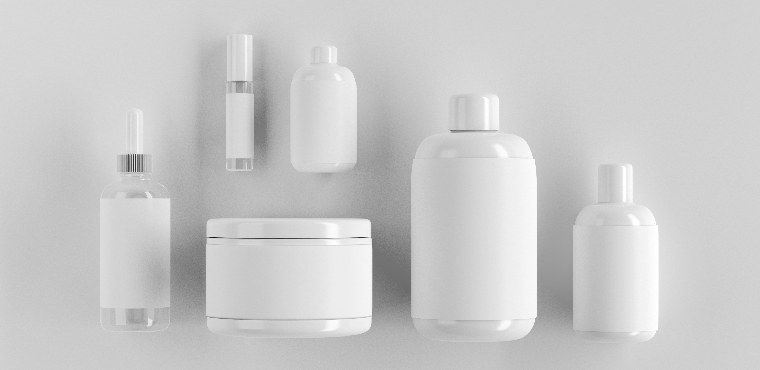
Feb 4, 2019
How to Source Custom Packaging for Your Skincare Product
Custom Packaging for Your Skincare Product
No matter how much work you put into the formulation of your skin care product, your sales will suffer unless your customers know what makes your brand unique. The ability to use design to communicate with customers is vital to the success of your business. With the custom packaging and label design resources available to skin care entrepreneurs, there are no limits to what your packaging can look like. The trick is to know which options to choose.
Know Your Customer
First, decide on your ideal customer. Their age, gender, interests and skin care concerns will all contribute to what kind of packaging will appeal to them. Are they concerned about acne, hyperpigmentation, fine lines or sun protection? Will they be more drawn to a sensual skin care experience or the promise of organic, sustainably-sourced ingredients? Will they prefer packaging that looks handmade or high-end?
When you know who your customer is and what they are looking for, you can begin making design choices that will appeal to them. Some suggestions are listed below as starting points, but of course, you can create different looks to appeal to your target market.
Fun/Young: Bright colors, bold and clean graphics, shiny materials.
Romantic/Sensual: Floral colors and patterns, flowing scripts, velvety textures.
Edgy: Dark or hyper-saturated colors, distressed fonts.
Scientific/Medical: White or light cool colors, clean san serif fonts, text describing benefits.
Organic/Sustainable: Soft earthy tones, textured or grainy packaging.
Luxury: Metallic accents, clean-looking fonts.
While you should give your imagination free rein at this stage, know that many design elements such as foil-stamping, embossing, metal, or iridescence will make your packaging look more appealing, but they will also cost more. Eventually, you will have to strike a balance between your ideal design and your budget.
Find a Design Partner
Unless someone in your company has professional design experience, your next step should be to find a designer who can create a logo and sample designs based on your customer profile. Choose someone who already has experience with commercial packaging and label design. If your private label manufacturer offers design services, consider using them as your resource; you will have a more seamless transition to the later steps of packaging options.
Make Decisions about Your Containers
Layers of packaging. For a cohesive brand identity, create a coordinating design among the three different layers of packaging, which include the product packaging (such as the tube and dropper that contains skin serum), inner packaging (the box that houses the tube), and outer packaging (the box the product is shipped in, or the bag your customer is given to carry out their purchase). Coordinating all these layers helps build your brand’s identity.
Stock packaging or custom. Manufacturers have many varieties of bottles, jars, and boxes already in stock. These have already been tested in the marketplace for function, durability, and ease of shipping, and you can order them at a lower cost and in smaller quantities than custom-designed containers. Many major skin care manufacturers use stock packaging, customizing the design and features of the containers to meet their needs.
While custom containers cost considerably more and will require more time to create and test, you will have the advantage of a truly unique shape to define your brand.
Materials and Sustainability. Both HDPE (High-Density Polyethylene) and PET (Polyethylene Terephthalate Plastic) are durable, lightweight and recyclable. Glass is heavier and more fragile, and it should not be used in potentially hazardous conditions such as showers, but its inert nature makes it well-suited for almost all ingredients. PLA plastic (Polymerized Lactic Acid) is a new, biodegradable plastic substitute made from corn or sugarcane. Currently, it requires a larger upfront order, but this may change in the future.
Reducing unnecessary packaging will benefit your profit margin, both in the cost of the materials themselves and at the expense of transporting them. You may also choose recycled and/or recyclable materials to appeal to your market and contribute to your brand identity.
Federal Compliance
In order to meet FDA regulations, follow their guidelines for displaying expiration dates, ingredients, quantity, place of business and other information. When finalizing your label design, follow all regulations for any other claims you make for your product (cruelty-free, organic, etc.) Seek out a designer or skin care manufacturer who already has expertise in compliance to help you navigate all the requirements.
Test It Out
Before you place your orders, ask to have prototypes made up and distribute them to members of your target market. Get their feedback and stay open to any suggestions they make before going ahead with your design.